07 CO2
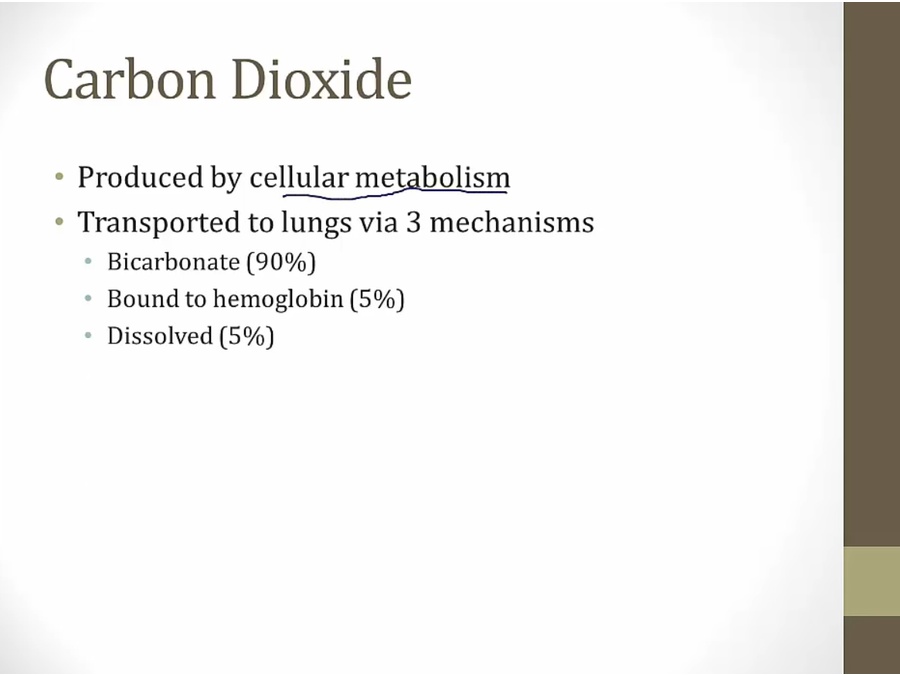
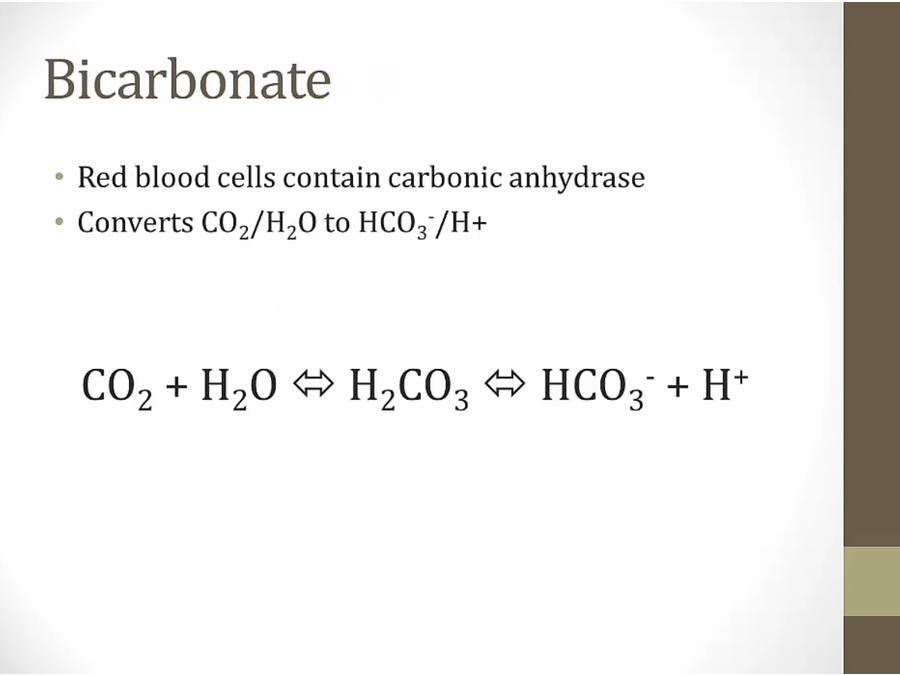
- CO2 stored as HCO3 to be transported to lungs
Bohr Effect
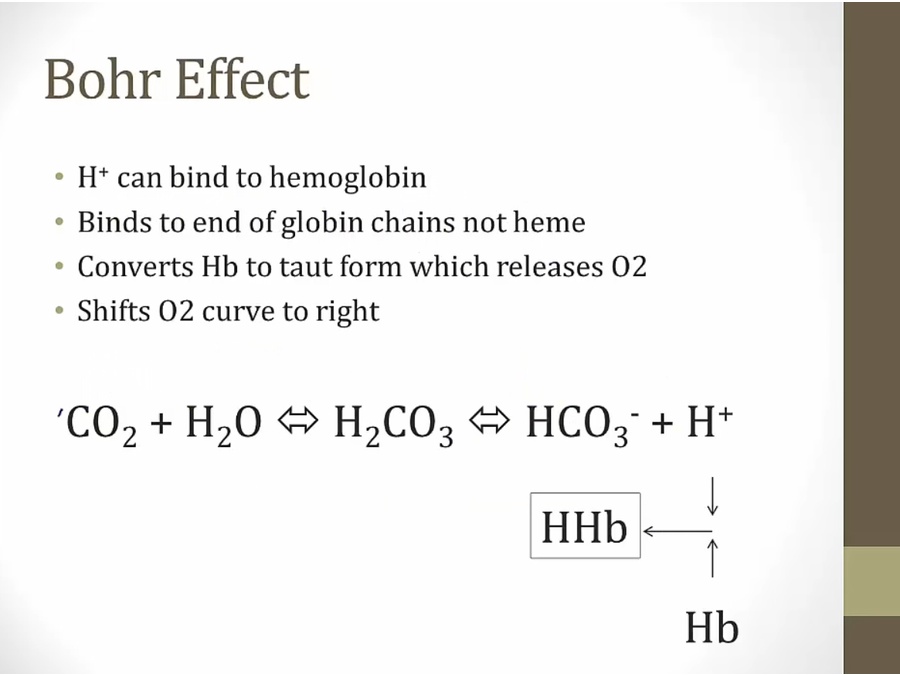
- conversion produces H+ ion that binds to globin chain to form HHb
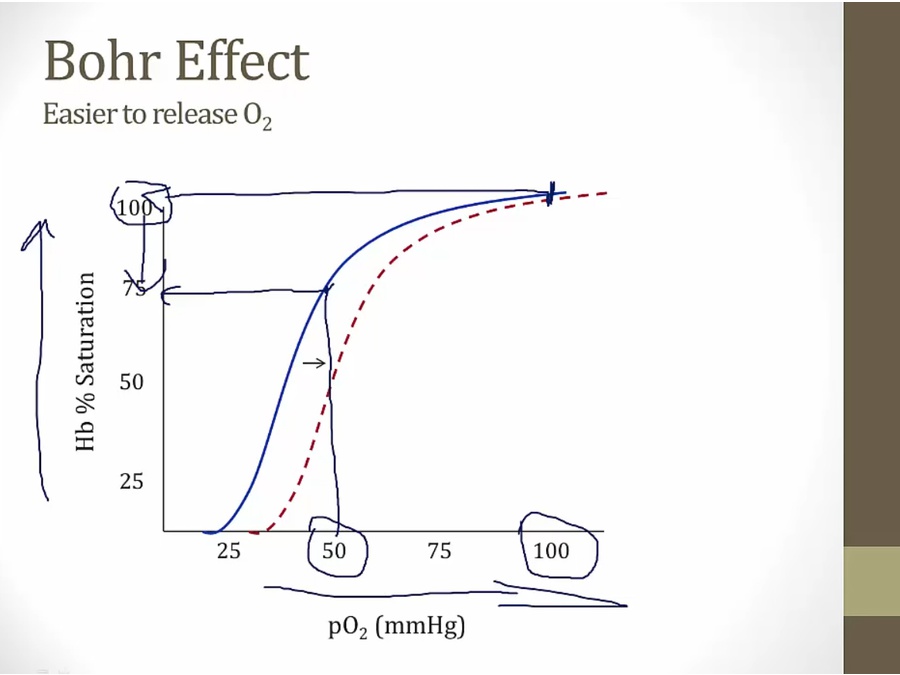
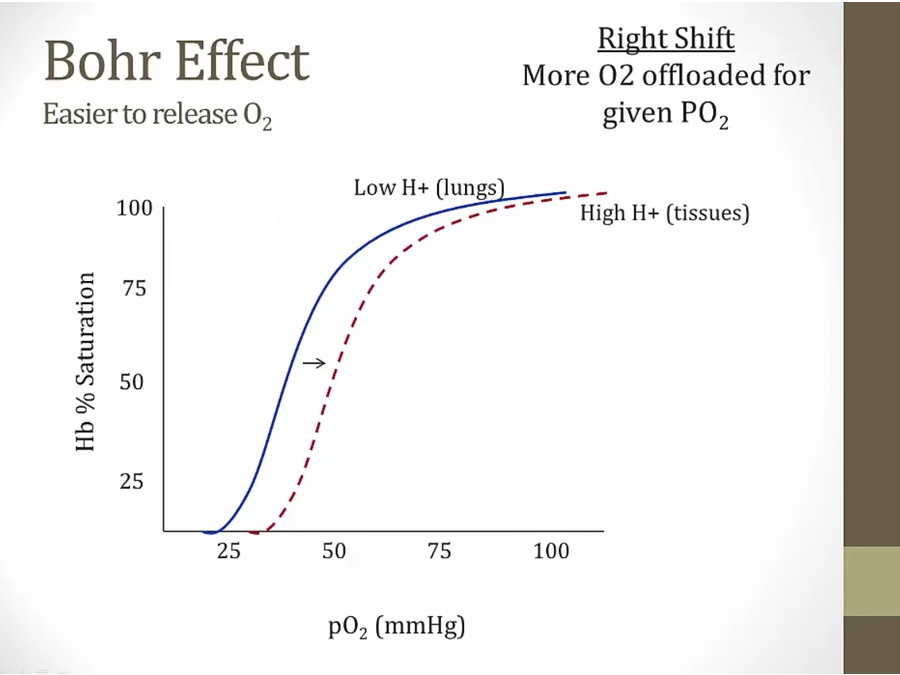
- instead of dropping from 100 to 75% at tissue PO2 50 mmHg, drop to 50%, better unloading
- Bohr effect helps unload O2 via H ion binding to Hb
Cl Shift
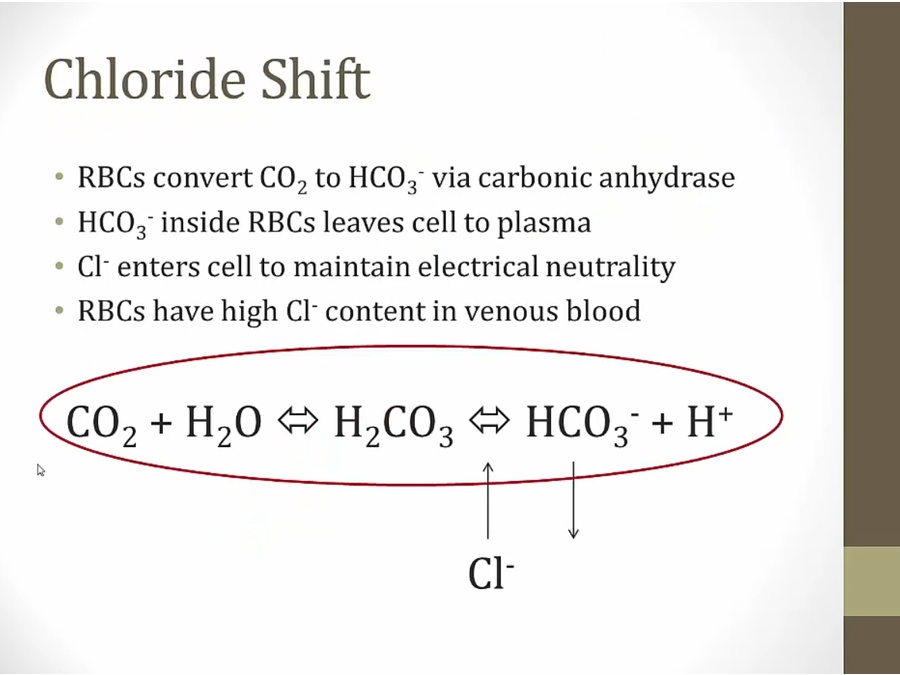
- high bicarb inside cell diffuse out, in exchange for Cl
Haldane
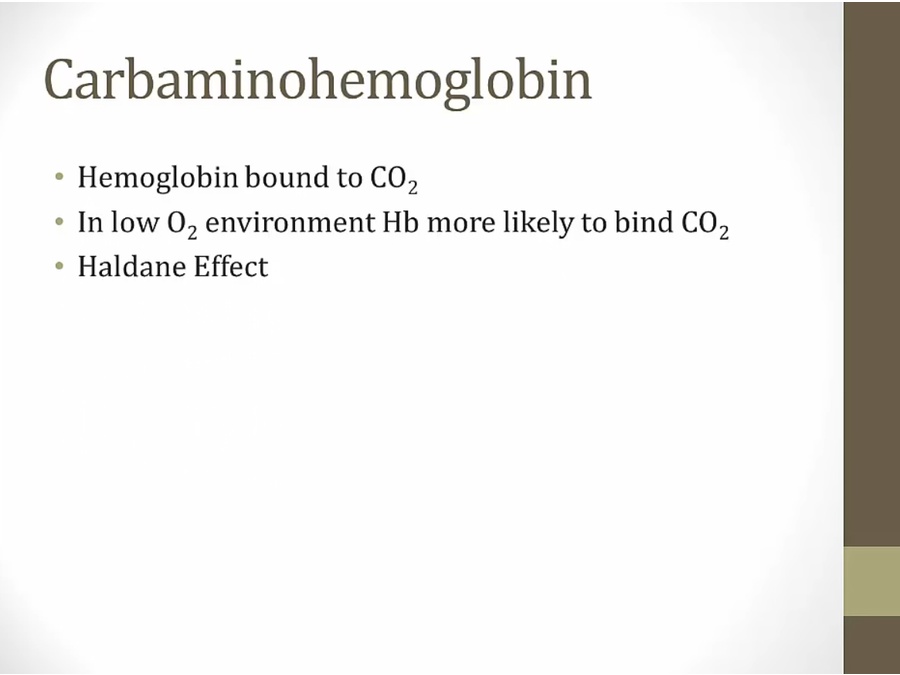
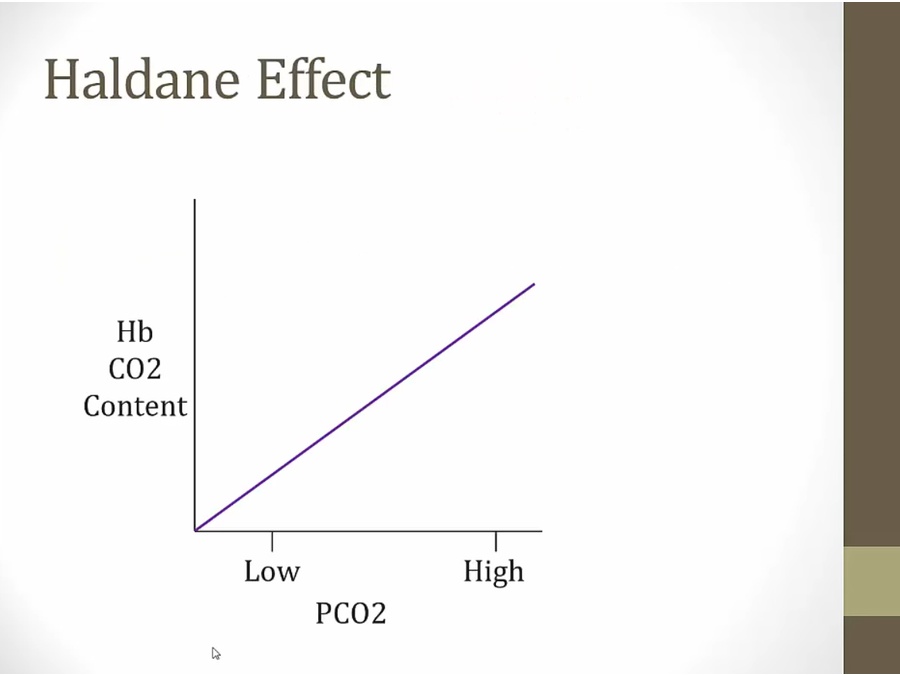
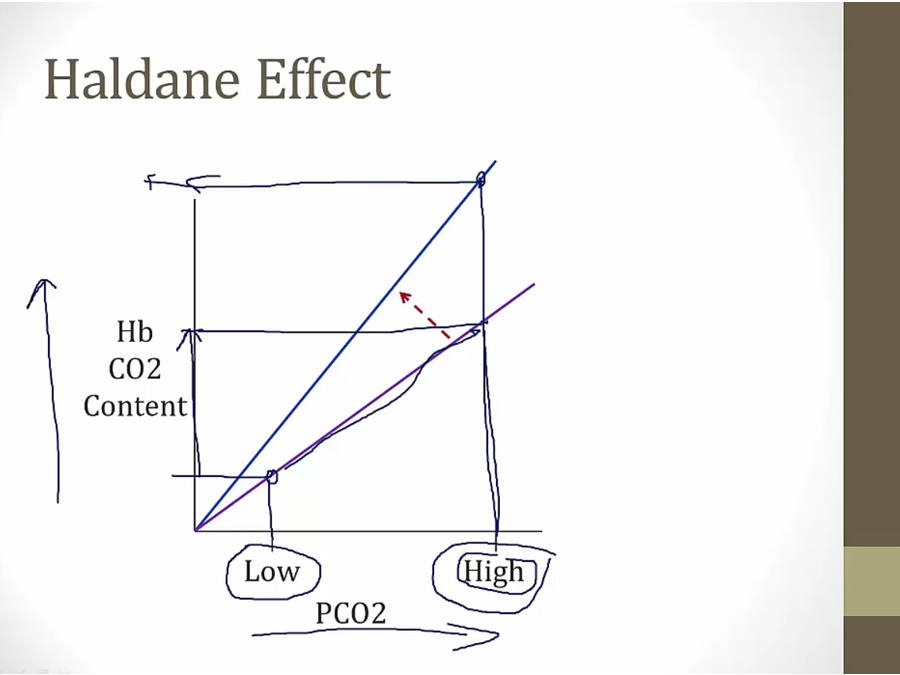
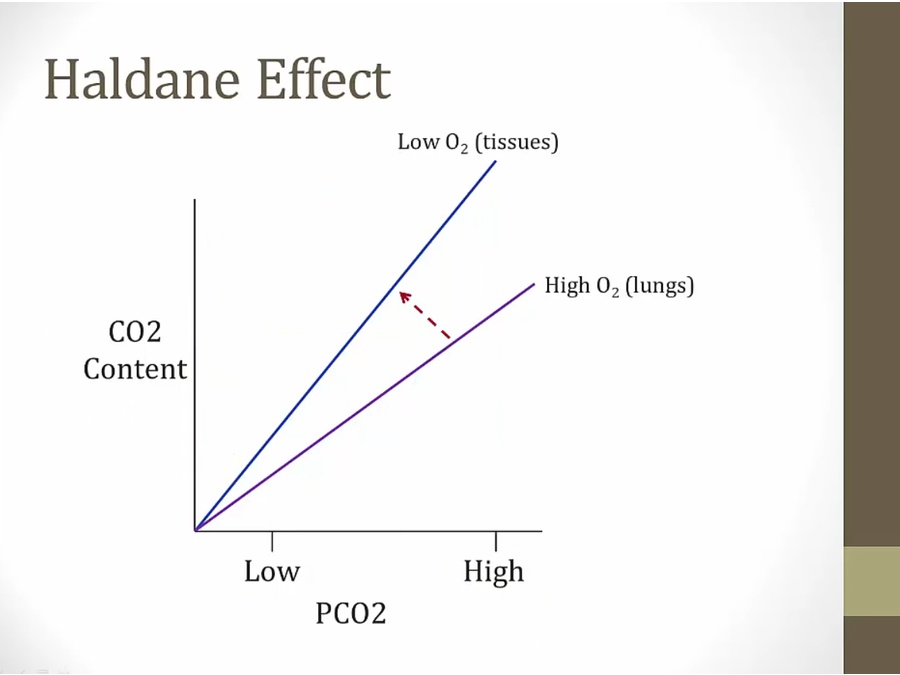
- x: level of CO2
- y: amount CO2 bound to Hb
- purple line: normally, more PCO2 in blood = more bound to Hb
- in reality, blue line: even more bound to Hb at low O2 level
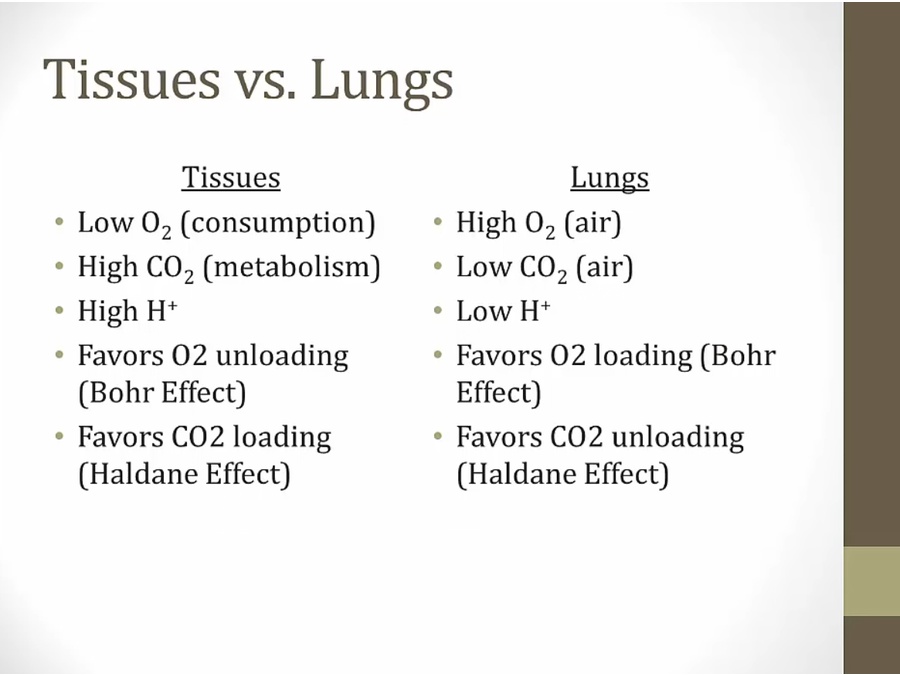
High Altitude
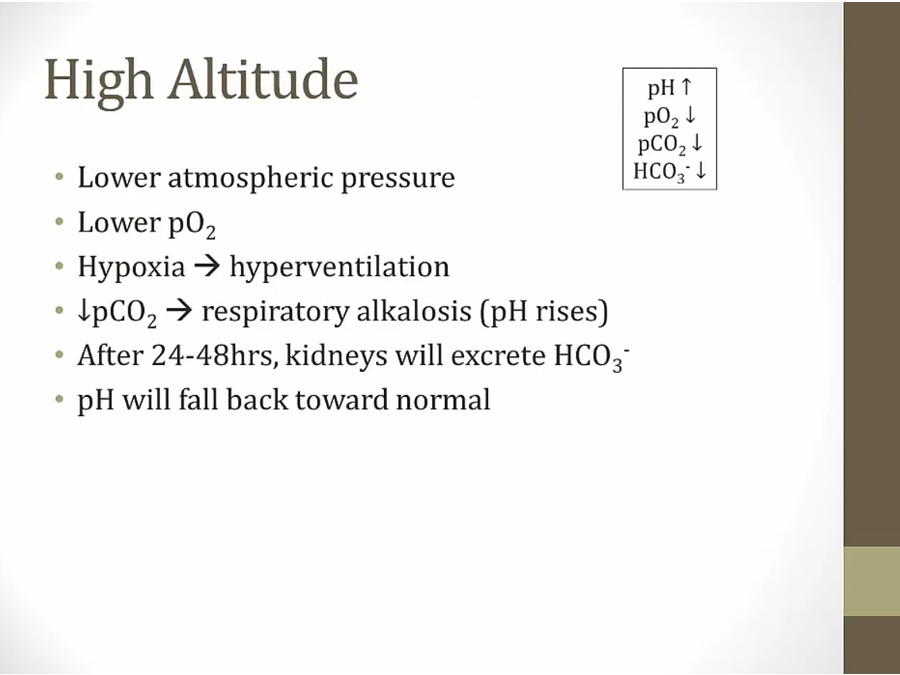
- small box: someone living at high altitude
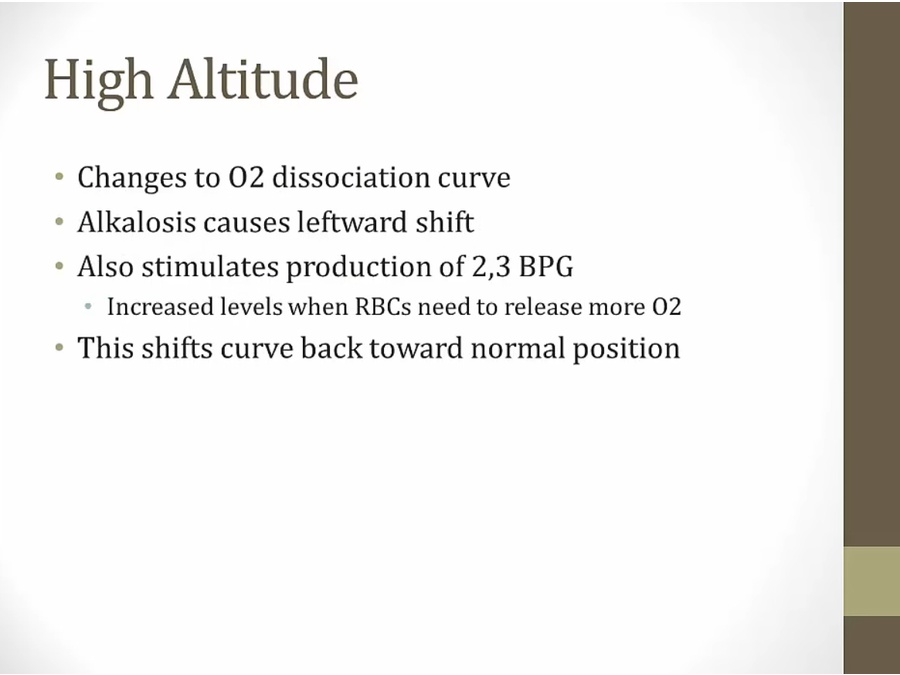
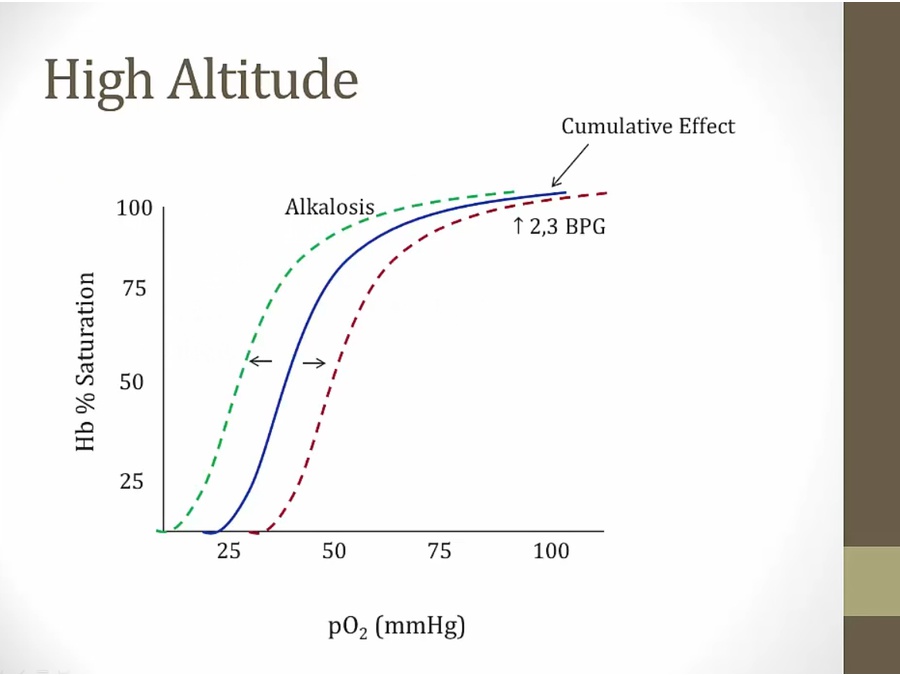
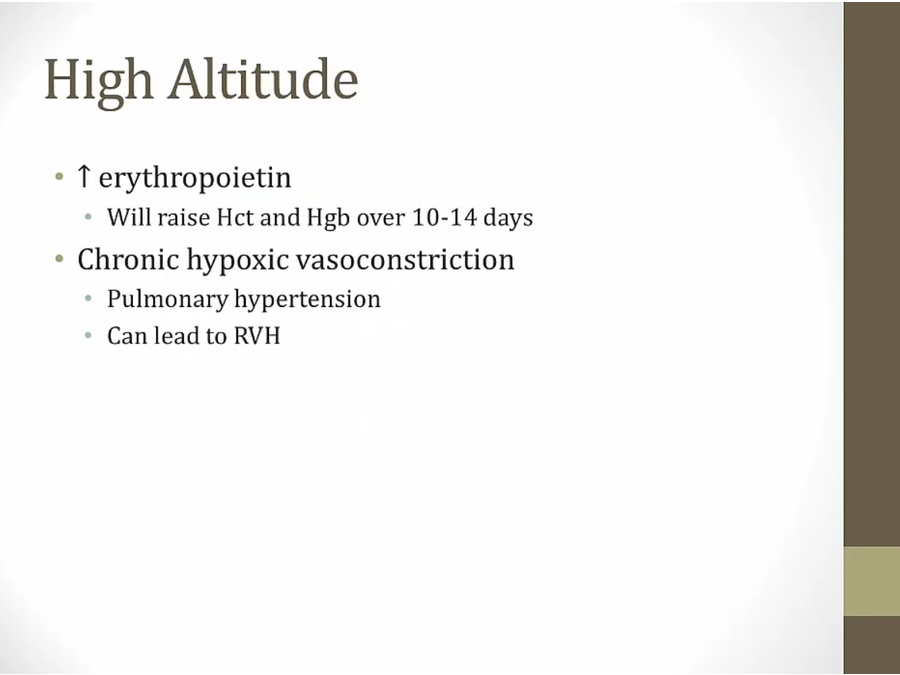
Exercise
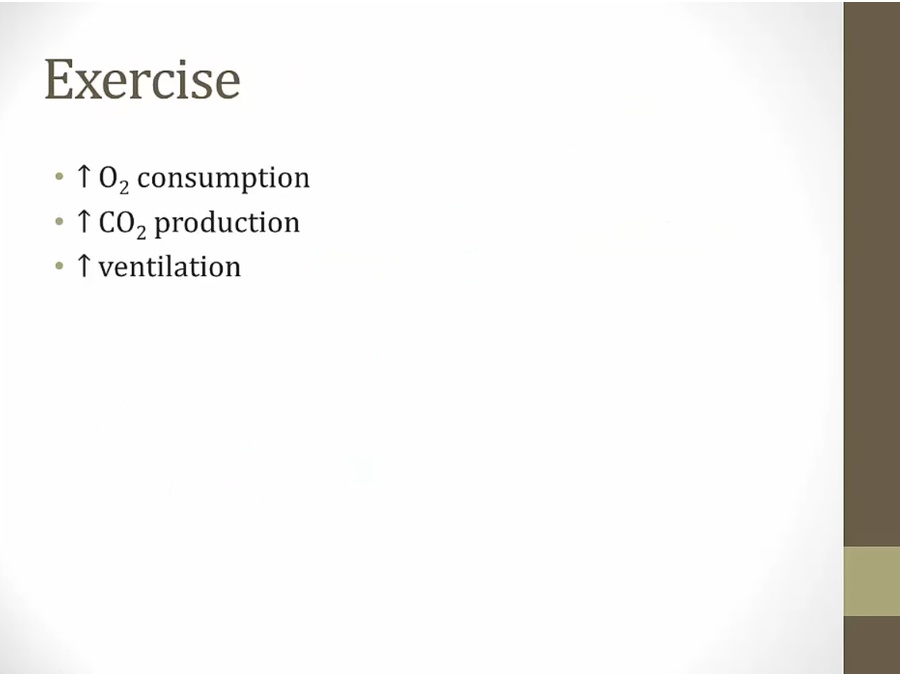
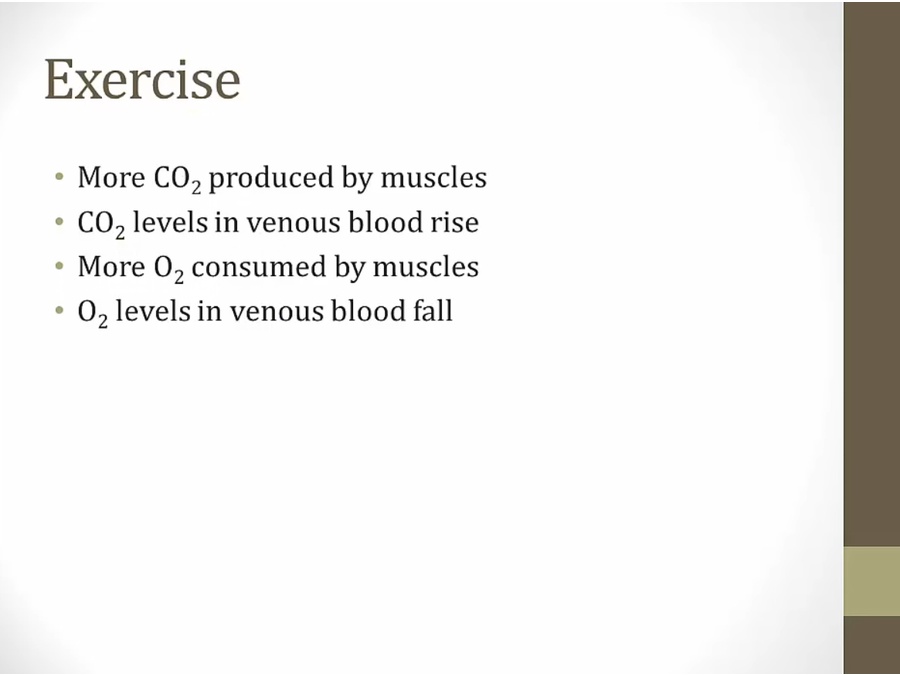
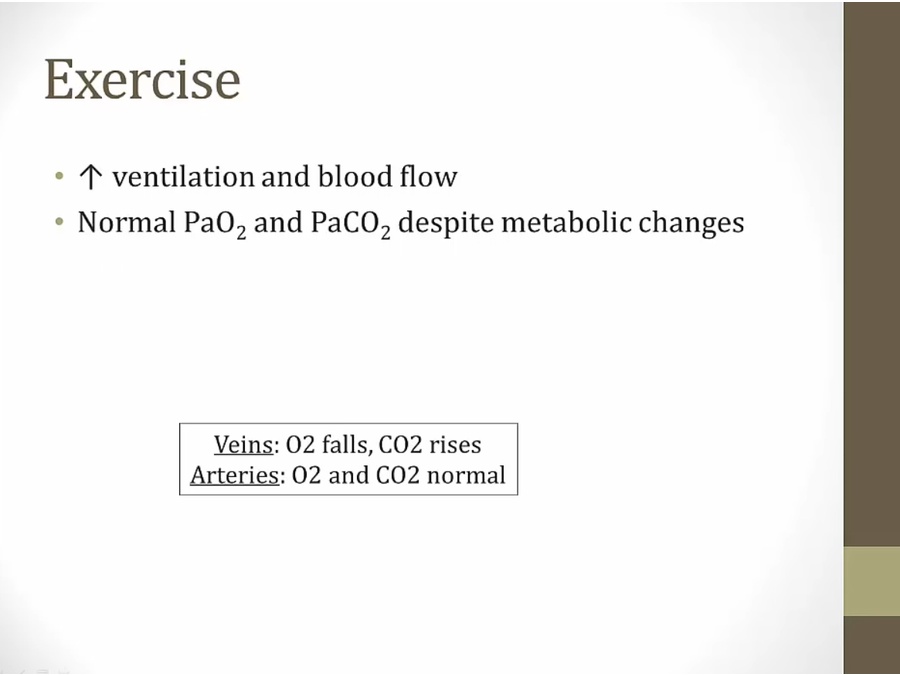
- arterial side maintain normal rate: not hypoxic or hypercapnea
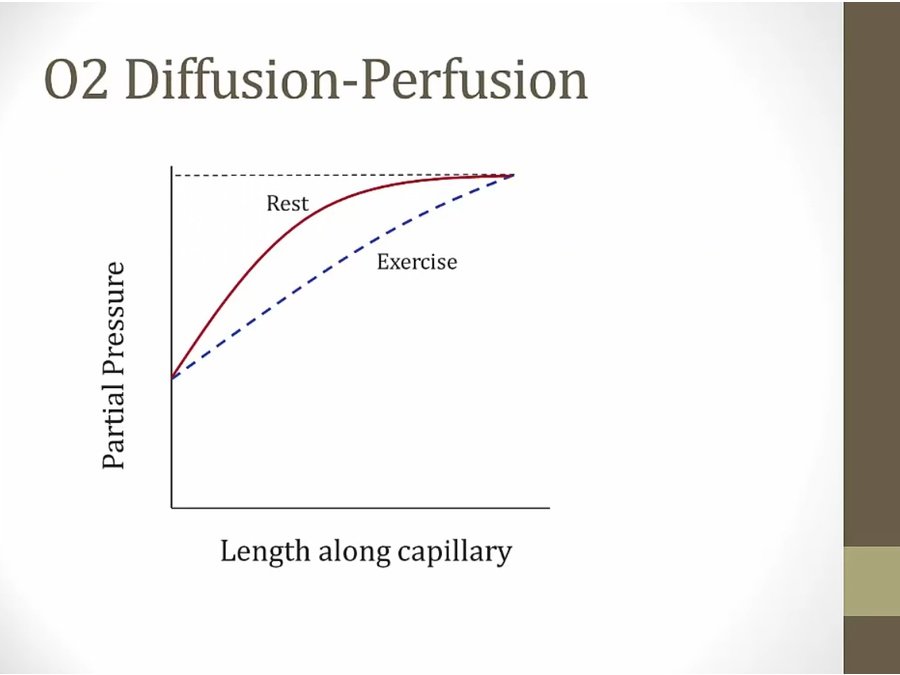
Cerebral blood flow
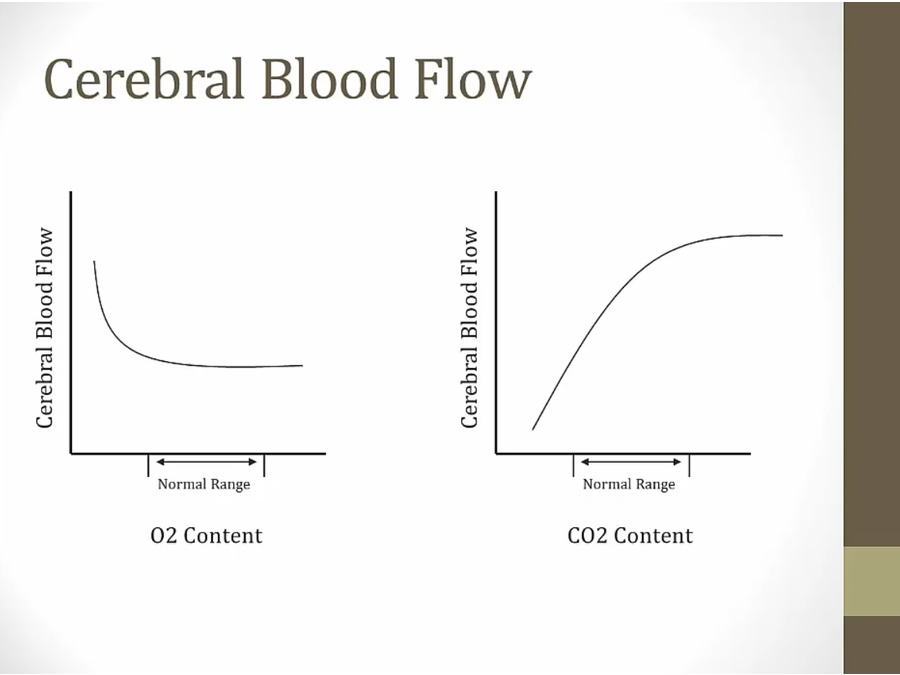
- cerebral vasodilator
- left, O2: at normal range, O2 does not change cerebral blood flow much
- right, CO2: at normal range, powerful effect on blood flow
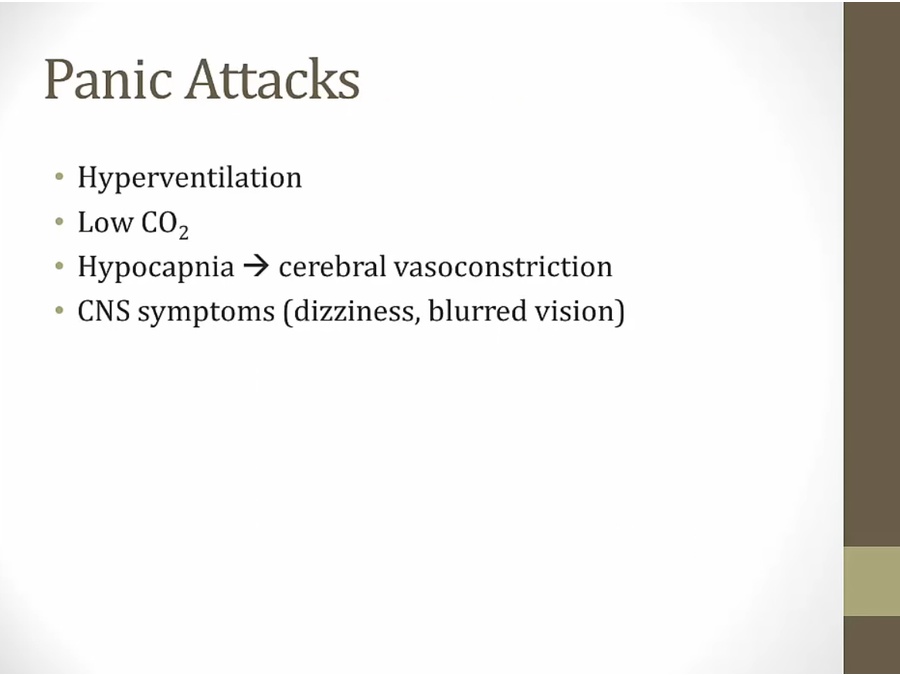
Breathing
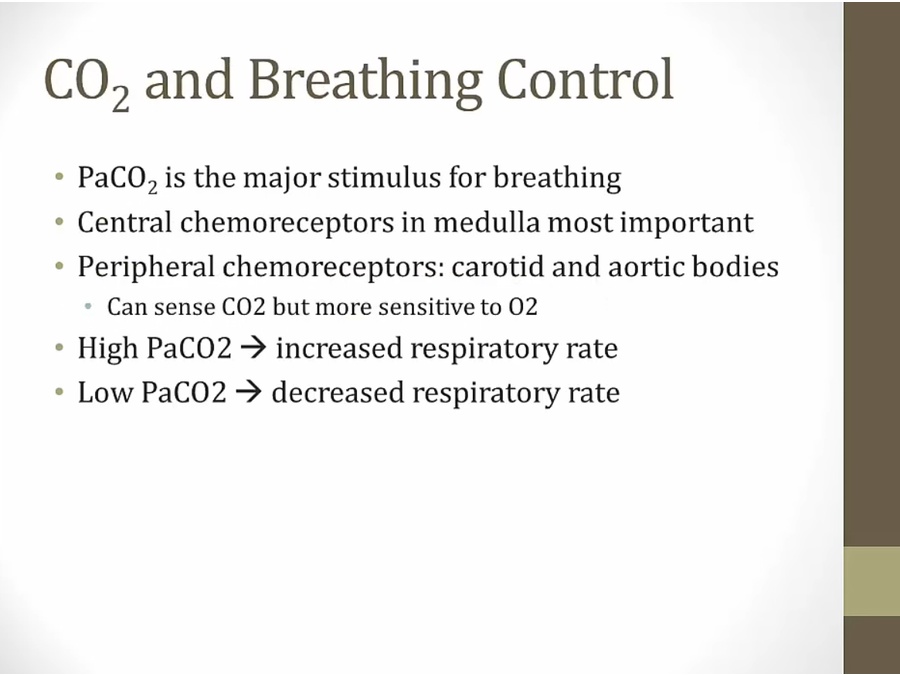
- CO2 in blood stream major stimulus, not O2
- PNS chemoreceptor: only kick in under severe hypoxia, normally CNS working
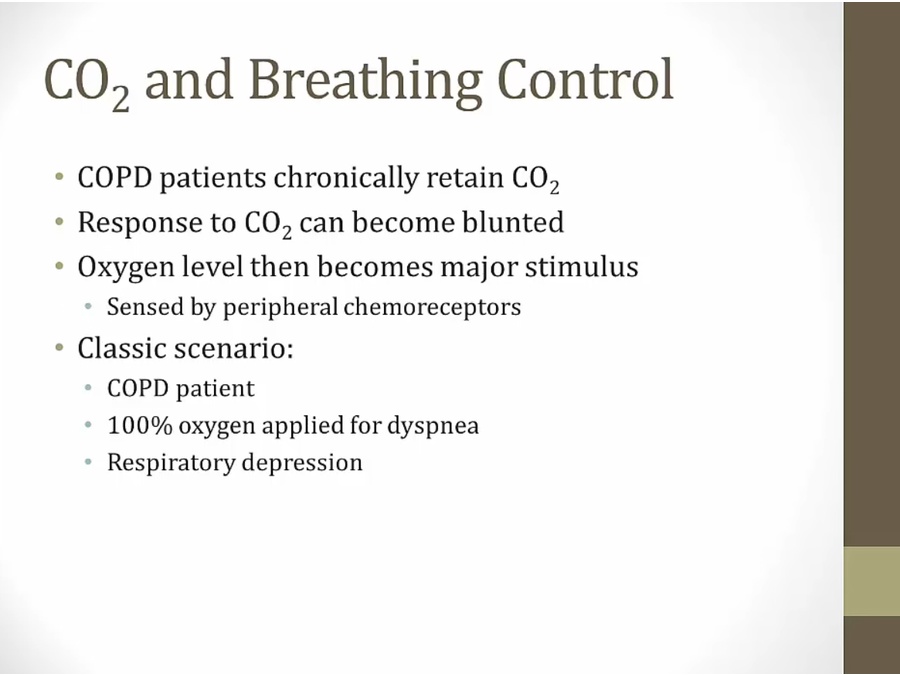
- hypoxemia stimulate respiratory rate, can get low with O2 = high CO2, confusion
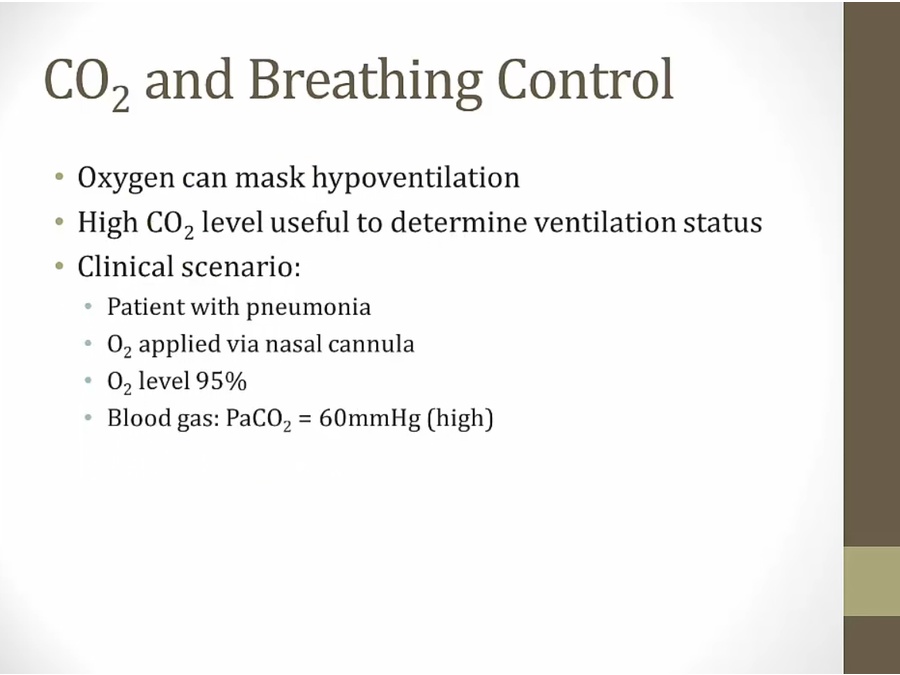
- in hospital on ventilation, O2 can make O2 saturation high and mask hypoventilation
- put on ventilator
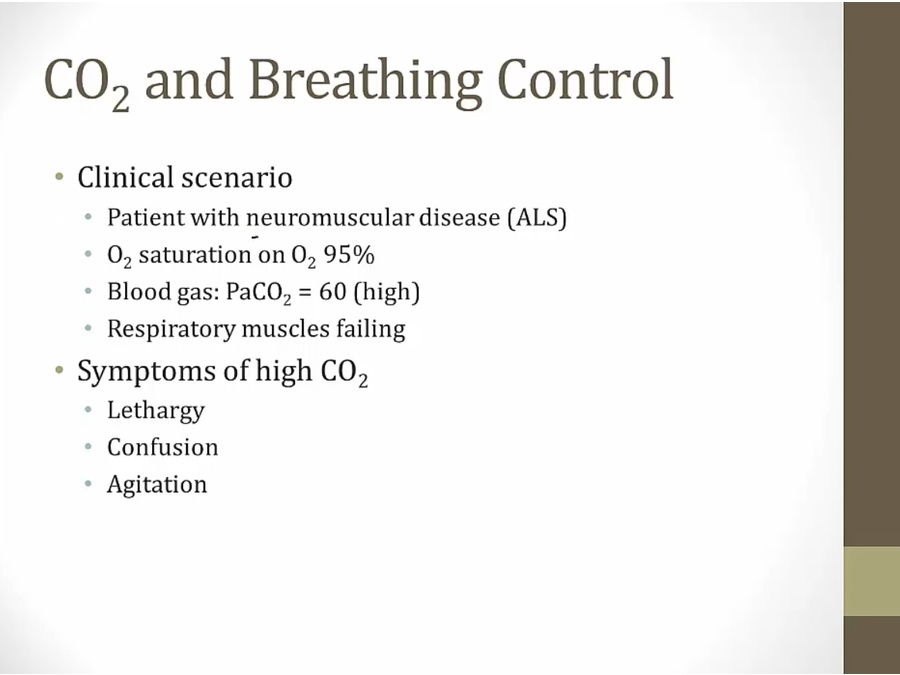
- hypo ventilating, CNS symptoms
Backlinks
























